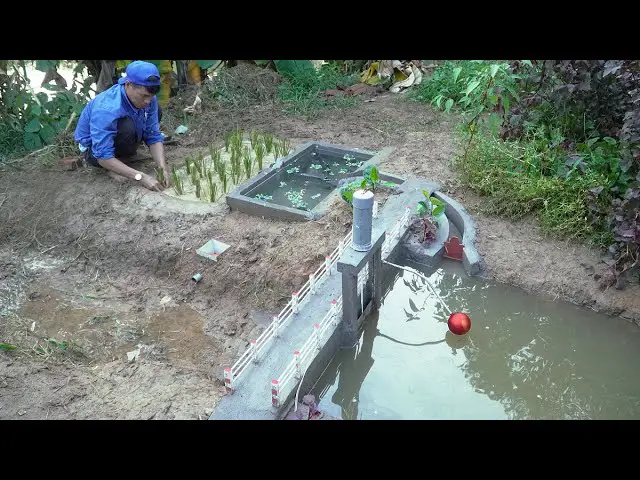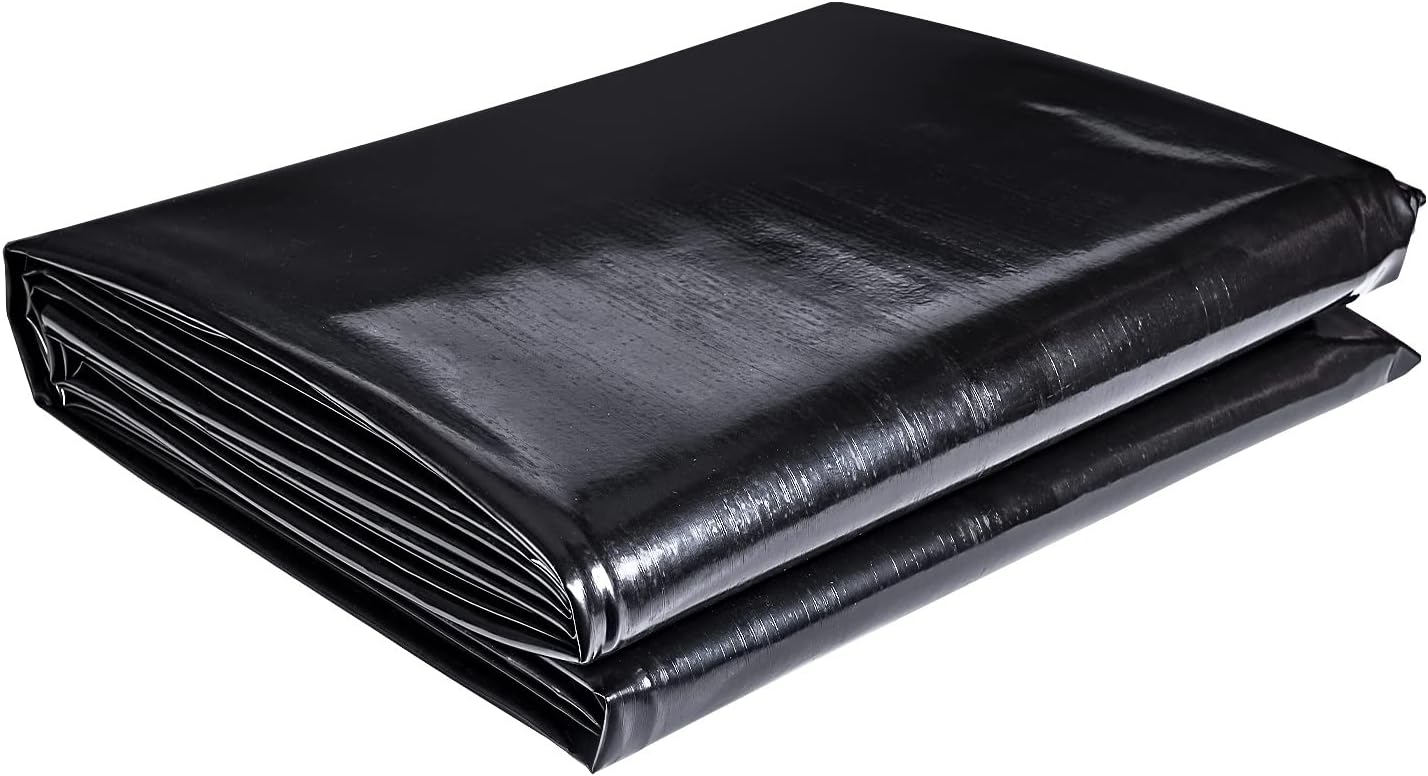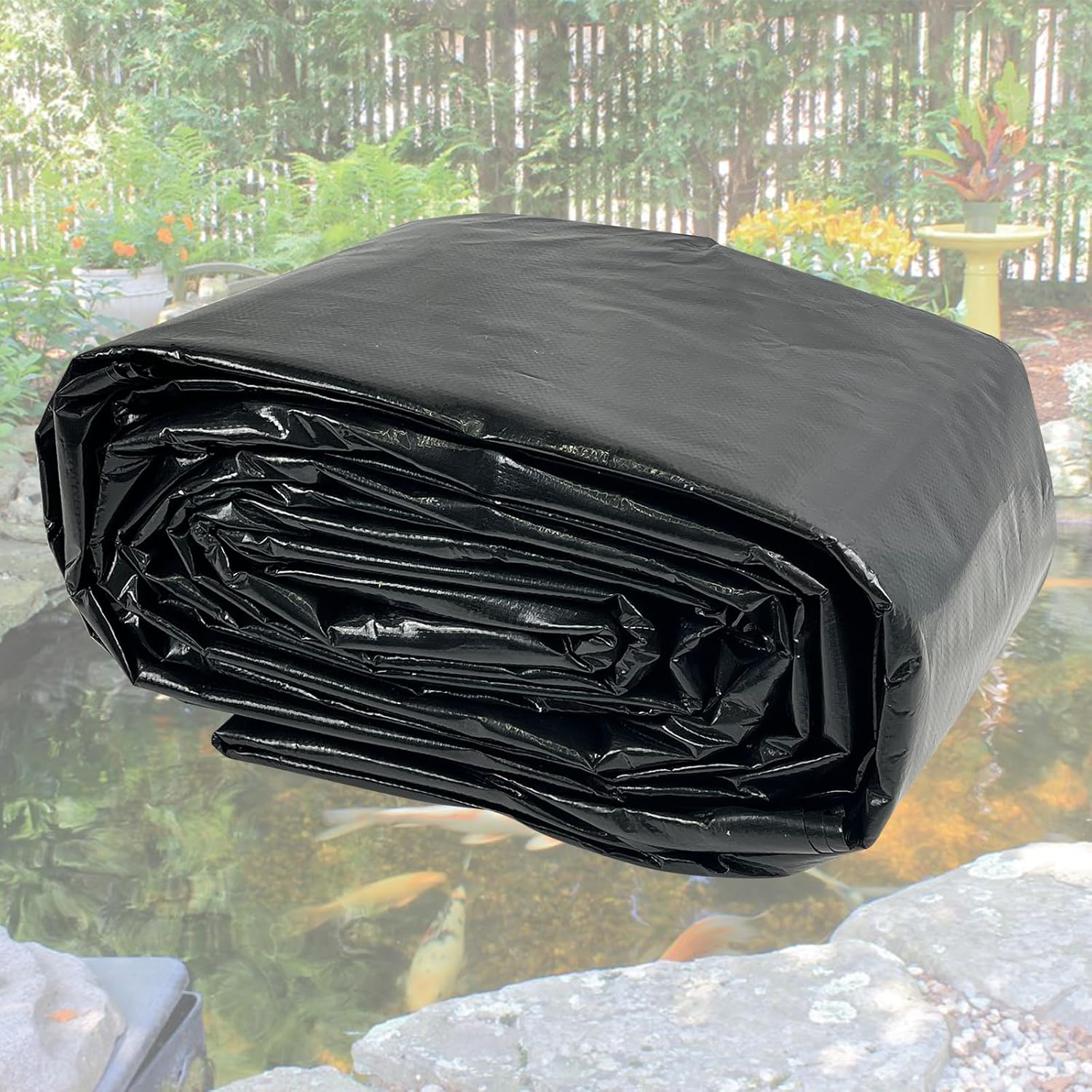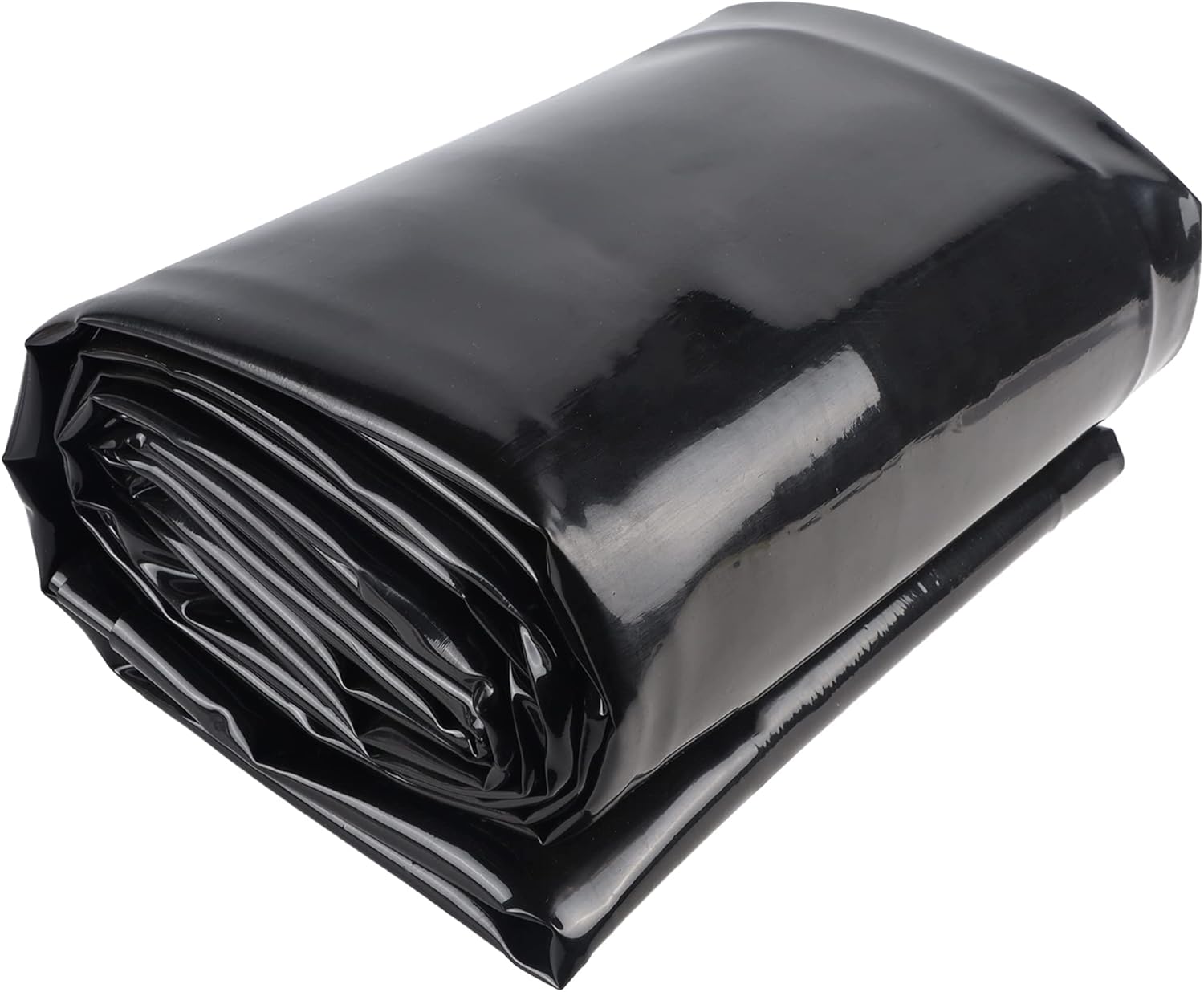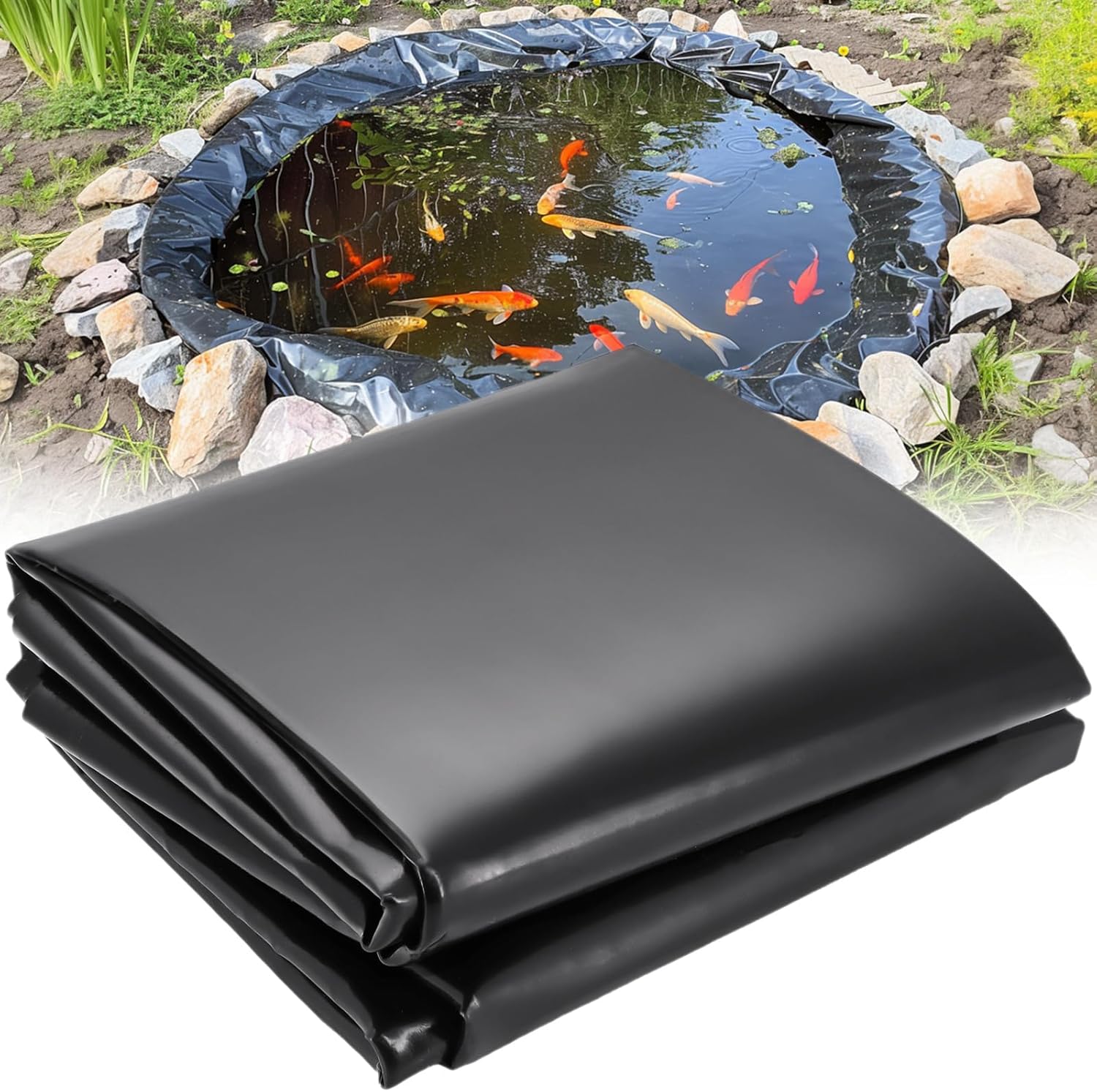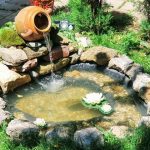Welcome to our comprehensive guide on how to build a small pond dam. Whether you’re looking to create a peaceful oasis in your backyard or manage water resources on your property, building a pond dam can be a rewarding and practical project. In this step-by-step guide, we will walk you through the process of constructing a small pond dam from start to finish.
5 Best Durable Pond Liners For Outdoor Ponds, Garden Fountain, And Waterfall
Step 1: Site Selection
The first step in building a small pond dam is to carefully select the site where you want to construct the dam. Choose an area that is naturally low-lying and can hold water without excessive seepage. Ensure that the soil is suitable for compacting to prevent leaks.
Step 2: Design and Planning
Once you have selected the site, it’s time to design your pond dam. Consider the size of the pond, the desired water depth, and the type of wildlife you want to attract. Create a detailed plan that outlines the dimensions of the dam, spillway location, and any additional features such as fish habitats or wetland areas.
Step 3: Clearing and Grading
Before construction begins, clear the site of any vegetation, rocks, and debris. Grade the area to ensure a smooth and even surface for building the dam. Proper grading is essential for the structural integrity of the dam and to prevent erosion.
Step 4: Excavation
Excavate the area where the pond will be located, ensuring that the depth is consistent across the entire site. Use the excavated soil to build up the dam structure, creating a compacted layer that will hold back the water effectively.
Step 5: Compaction
Compaction is a critical step in building a small pond dam. Use heavy machinery or manual tools to compact the soil layers of the dam to prevent seepage and ensure stability. Proper compaction will help the dam withstand water pressure over time.
Step 6: Adding a Liner
To further prevent seepage and leaks, consider adding a liner to the pond bed and sides of the dam. Liners can be made of clay, geomembrane, or other materials that create a barrier between the water and the soil. Ensure the liner is properly installed and secure.

Credit: www.sccdistrict.com
Step 7: Constructing the Spillway
The spillway is an essential component of a pond dam as it helps regulate water flow and prevent overflow. Construct a spillway near the top of the dam using durable materials such as concrete or rocks. Ensure the spillway is properly sized to handle excess water during heavy rainfall.
Step 8: Vegetation and Landscaping
Once the dam is in place, consider planting native vegetation around the pond to stabilize the soil, prevent erosion, and create a natural habitat for wildlife. Landscaping can enhance the beauty of the pond and blend it seamlessly into the surrounding environment.

Credit: www.pinterest.com
Step 9: Maintenance and Monitoring
After completing the construction of your small pond dam, it’s essential to regularly maintain and monitor the dam for any signs of erosion, leaks, or structural damage. Inspect the spillway, liner, and vegetation regularly to ensure the long-term viability of your pond.
Benefits of Building a Small Pond Dam
Building a small pond dam offers numerous benefits, both practical and aesthetic. A pond dam can help manage water resources, provide a habitat for wildlife, enhance the beauty of your property, and create a peaceful retreat for relaxation and reflection.
Conclusion
Building a small pond dam is a fulfilling project that requires careful planning, construction, and maintenance. By following the steps outlined in this guide, you can create a beautiful and functional pond dam that will enrich your property for years to come. Remember to consider site selection, design, construction techniques, and ongoing maintenance to ensure the success of your small pond dam project.


